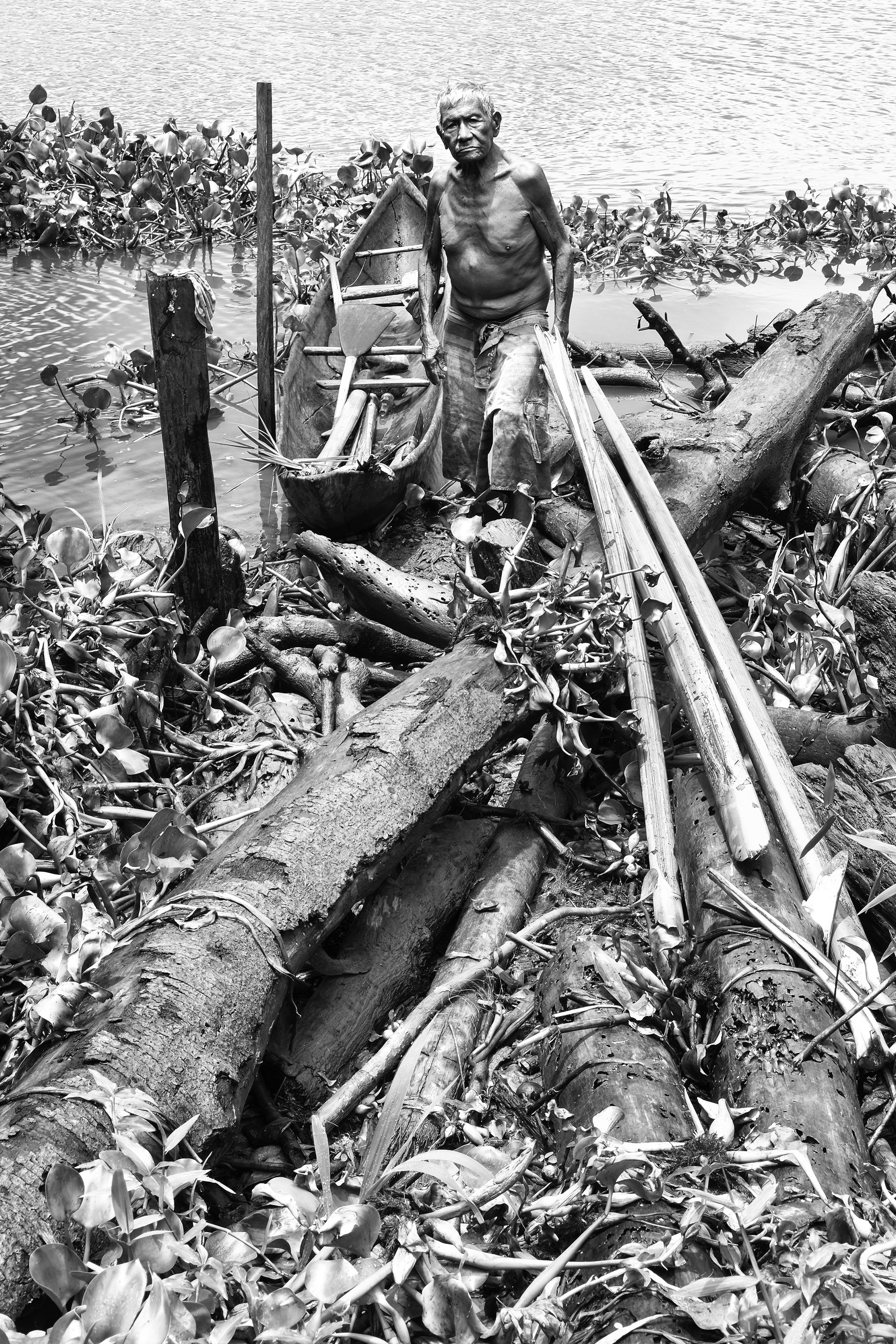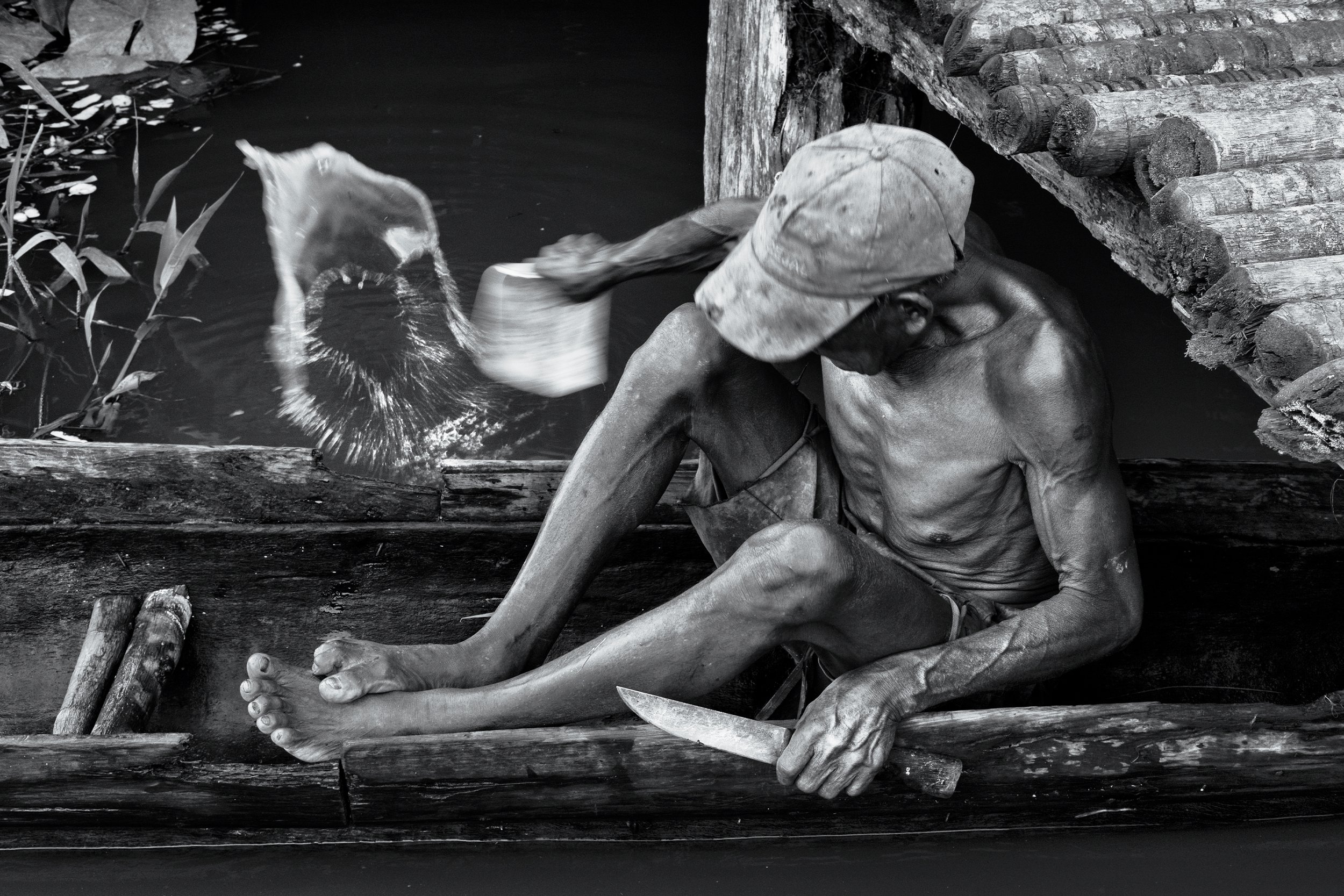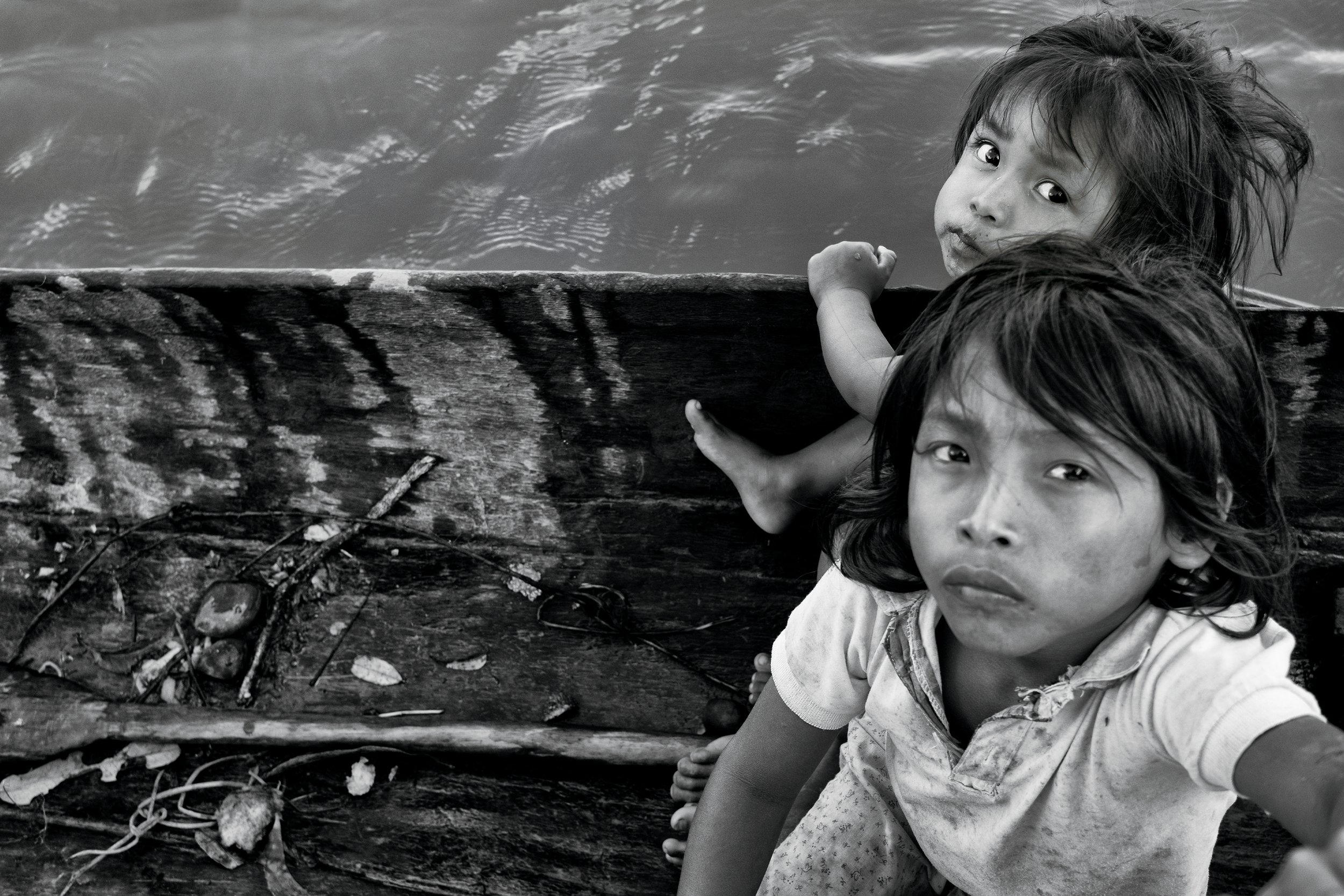
Postcards from the Orinoco Delta
Work took me to the remote Orinoco Delta, farfetched even by South American standards. My job was to take pictures of the Warao artisans and their basketry. It took us two whole days, including a seven-hour boat trip from Caracas to Mission San Francisco de Guayo, our home for the next four nights.
The Orinoco is a mighty river and its delta has many thousands of branches encompassing an area six times the size of Yellowstone Park. It is an infinite and ever-changing web of waterways that only the Warao, the indigenous people who have sparsely populated the area for the past 9,000 years, can navigate accurately. Water and tides rule their world, their way of living, their anatomy, their food, their construction, their transportation.
Even though they have had some level of contact with the outside world for the past hundred years, the more isolated communities, those we visited, live pretty much as their ancestors did: they fish, hunt, gather and have very limited use for agriculture, since only a handful of species grow in the marshlands.
The Warao are light, short, and nimble. They are incredibly flexible and have an amazing sense of balance. Whole families of sixteen to twenty-five people live in a house that seldom has walls: it’s wood rolls for a floor and palm trees for a roof. They build their homes over high wooden stilts to protect themselves and their few belongings from the tides. Everything hangs from the beams: baskets that function as luggage, drawers, shelves, and their only furniture: hammocks. From afar, their houses resemble baskets suspended over the water. Almost all of their everyday objects are woven, hence the importance of capturing their craft.
The communities are no more than eight stilt houses big, and very far apart from the next one. They can only reach each other by water. No wonder that the translation for the word Warao is canoe people.
Un trabajo fotográfico me llevó al delta del Orinoco, en Venezuela, un lugar recóndito incluso bajo los estándares suramericanos. Las directrices eran tomar fotos de los Waraos como artesanos y tejedores que son. Nos tomó dos días enteros -por cielo, tierra y agua, incluídas 7 horas en lancha- llegar de Caracas a la Misión San Francisco de Guayo, nuestro hogar por las próximas tres noches.
El Orinoco es un río majestuoso y su delta tiene tantas rutas que juntas llegan a ocupar un área seis veces mayor al tamaño del Parque Yellowstone. Es un entretejido infinito de caminos que van cambiando y que solo los Waraos -la gente de la zona desde hace más de 9000 años- las conocen como la palma de su mano. El agua y las mareas rigen su mundo, su manera de vivir, su anatomía, su alimentación, su construcción y su transporte.
Los Waraos son livianos, pequeños y ágiles. Son increíblemente flexibles y tienen un equilibrio impresionante. Familias enteras de entre dieciseis o veinticinco personas pueden llegar a vivir en una misma casa que en ocasiones tiene paredes: los pisos son de troncos delgados que se mantienen estables solo si están apretados unos con otros, de lo contrario giran y los techos están hechos de palma. Viven en palafitos para protegerse de la subida de las mareas y todas sus pertenencias están metidas en cestas que guindan del techo para tenerlas resguardadas. Sus únicos muebles: las hamacas. Desde lejos sus casas parecen una gran cesta suspendida sobre el agua. Todos sus objetos del día a día son tejidos, de ahí la importancia de preserver su artesanía.
Las comunidades -que están muy separadas unas de otras- no llegan a tener más de ocho o doce palafitos juntos pero pueden ser tan pequeñas como de solo dos. La única manera de llegar es navegando, así que no es ninguna sorpresa que la palabra Warao signifique gente de canoa.
Así fue como vi su mundo.






















